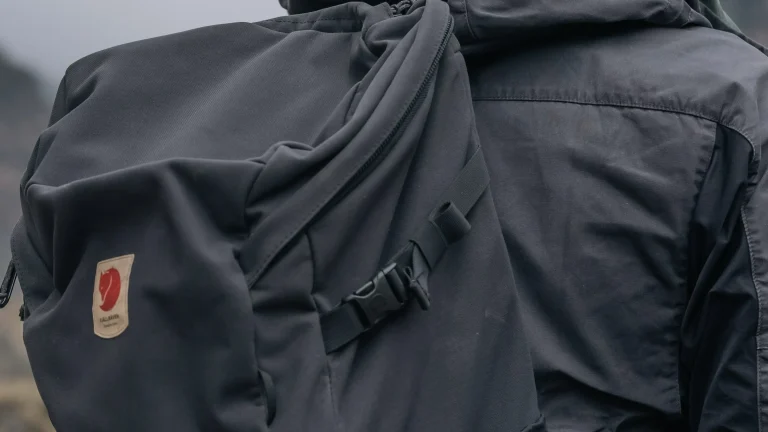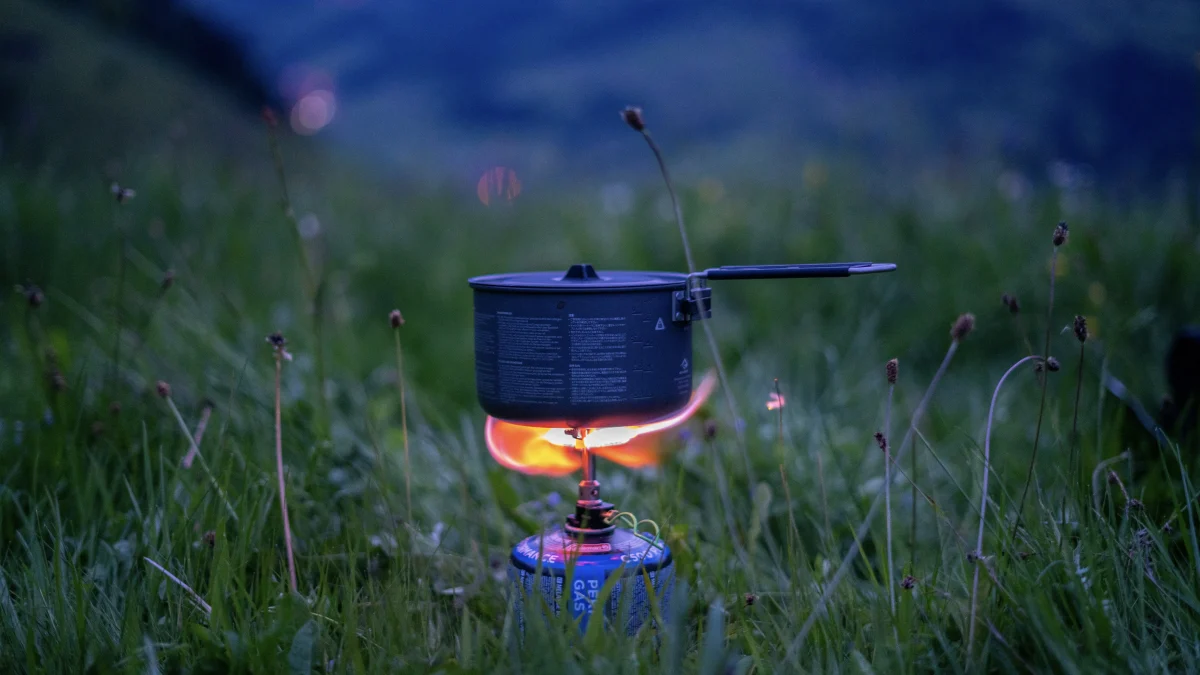Packing for Your Hiking Adventure What to Bring on a Hike

Packing for Your Hiking Adventure: 10 Essential Items You Need
What to Bring on a Hike?
Hiking is a fantastic way to immerse yourself in nature, challenge your physical limits, and experience the great outdoors. Whether you’re planning a short day hike or a longer trek, packing the right gear is crucial for a safe and enjoyable adventure. Here’s a detailed guide to the ten essential items you should bring on your hiking trip.
1. Navigation Tools
- Map and Compass: Despite the prevalence of GPS devices, traditional map and compass are indispensable. They don’t rely on batteries and provide a reliable means of navigation. Learning to use them effectively is essential, as they can help you find your way even when electronic devices fail.
- GPS Device or Smartphone: While a map and compass are vital, a GPS device or a smartphone with offline maps can offer additional convenience. Apps like AllTrails or Gaia GPS can help you stay on track, but remember to download maps beforehand and bring a portable charger.
2. Hydration System
- Water Bottles or Hydration Bladders: Staying hydrated is critical. Carry enough water to last the entire hike, typically about half a liter per hour of moderate activity in moderate temperatures. Hydration bladders are convenient for sipping on the go, while water bottles are easy to refill.
- Water Purification: In case you need to refill from natural sources, bring water purification tablets or a portable filter. This ensures you have safe drinking water without carrying excessive weight.
3. Nutrition
- Trail Snacks: Pack high-energy snacks such as nuts, dried fruit, energy bars, and jerky. These provide quick and sustained energy to keep you going.
- Packed Lunch: For longer hikes, include a more substantial meal. A sandwich, wrap, or even a dehydrated meal that you can rehydrate with hot water can be satisfying and rejuvenating.
4. Clothing Layers
- Base Layer: Wear moisture-wicking fabrics close to your skin to keep you dry. Avoid cotton as it retains moisture and can lead to discomfort and hypothermia in cooler conditions.
- Insulating Layer: Bring a warm layer, such as a fleece or down jacket, to protect against cold. Even if the forecast is mild, weather can change quickly, especially at higher elevations.
- Outer Layer: A waterproof and windproof jacket is essential to protect you from rain and wind. Look for breathable fabrics to prevent overheating while keeping you dry.
5. Proper Footwear
- Hiking Boots or Shoes: Choose sturdy, comfortable hiking boots or shoes that provide good support and traction. Break them in before your hike to avoid blisters.
- Socks: Wear moisture-wicking socks designed for hiking. Bring an extra pair in case your feet get wet or sweaty.
6. First Aid Kit
A well-stocked first aid kit is crucial for handling injuries and illnesses. Include bandages, antiseptic wipes, adhesive tape, pain relievers, blister treatment, and any personal medications. Familiarize yourself with basic first aid procedures and ensure your kit is accessible.
7. Sun Protection
- Sunscreen: Apply sunscreen with at least SPF 30 to all exposed skin, and reapply every two hours, especially if you’re sweating.
- Hat and Sunglasses: A wide-brimmed hat and UV-protection sunglasses protect your face and eyes from harmful rays. Polarized lenses can reduce glare, improving your vision on bright days.
8. Multi-Tool or Knife
A multi-tool or knife can be invaluable for a range of tasks, from preparing food to repairing gear or handling emergencies. Choose one that includes tools such as scissors, pliers, and a screwdriver for added versatility.
9. Fire Starters
- Matches or Lighter: Carry waterproof matches or a reliable lighter to start a fire for warmth or emergency signaling.
- Firestarter: Include a small firestarter, such as cotton balls soaked in petroleum jelly or commercial fire starter sticks, to help ignite a fire quickly in adverse conditions.
10. Emergency Shelter
- Lightweight Tent or Bivy Sack: In case of unexpected overnight stays, having a lightweight, compact emergency shelter is crucial. A bivy sack or ultralight tent provides protection from the elements.
- Emergency Blanket: An emergency blanket or space blanket is compact and reflective, providing essential warmth and shelter in emergencies.

Packing for Your Hiking Adventure Tips and Additional Considerations
Backpack: Choose a backpack with enough capacity to carry your essentials comfortably. Look for features like padded straps, multiple compartments, and hydration system compatibility. Ensure your backpack fits well and is adjusted correctly to distribute weight evenly.
Packing Order: Pack heavier items low and close to your back for better balance. Keep frequently used items in easily accessible pockets. Use stuff sacks or packing cubes to organize your gear and make packing and unpacking more efficient.
Leave No Trace: Follow the principles of Leave No Trace to minimize your impact on nature. Pack out all trash, stay on established trails, and respect wildlife and other hikers.
Weather Awareness: Check the weather forecast before your hike and be prepared for changes. Adjust your gear accordingly, and always have a plan for seeking shelter if conditions deteriorate.
Group Coordination: If hiking with others, ensure everyone knows the route, emergency procedures, and each other’s capabilities. Carry a whistle or other signaling device to communicate in case you get separated.
Hiking Essentials Checklist: What to Bring on a Hike
Proper preparation and packing can make the difference between a successful hike and a challenging ordeal. By bringing these ten essential items, you ensure you’re equipped to handle various situations and enjoy your hiking adventure to the fullest. Remember, safety and preparedness are paramount, so take the time to pack thoughtfully and review your gear before heading out. Happy hiking!
Essential Hiking Gear: 35 Items You Need
1. Navigation Tools
- Map
- Compass
- GPS Device or Smartphone with offline maps
2. Hydration
- Water Bottles or Hydration Bladder
- Water Purification Tablets or Portable Filter
3. Nutrition
- High-Energy Snacks (nuts, dried fruit, energy bars, jerky)
- Packed Lunch (sandwich, wrap, or dehydrated meal)
- Electrolyte Tablets or Powder
4. Clothing Layers
- Moisture-Wicking Base Layer
- Insulating Layer (fleece or down jacket)
- Waterproof and Windproof Outer Layer
- Extra Socks
- Hat and Gloves (for warmth)
- Sun Hat (for sun protection)
- Quick-Dry Pants or Shorts
5. Footwear
- Sturdy Hiking Boots or Shoes
- Moisture-Wicking Hiking Socks
6. First Aid Kit
- Bandages and Gauze
- Antiseptic Wipes
- Adhesive Tape
- Pain Relievers
- Blister Treatment (moleskin or blister pads)
- Personal Medications
- Tweezers
7. Sun Protection
- Sunscreen (at least SPF 30)
- UV-Protective Sunglasses
- Lip Balm with SPF
8. Multi-Tool or Knife
- Multi-Tool with Scissors, Pliers, Screwdriver
9. Fire Starters
- Waterproof Matches or Lighter
- Firestarter (cotton balls soaked in petroleum jelly or commercial fire sticks)
10. Emergency Shelter
- Lightweight Tent or Bivy Sack
- Emergency Blanket (space blanket)
11. Lighting
- Headlamp or Flashlight
- Extra Batteries
12. Communication Tools
- Whistle
- Two-Way Radio (for group communication)
- Portable Charger or Power Bank
13. Personal Items
- ID and Cash
- Emergency Contact Information
- Personal Hygiene Items (toilet paper, hand sanitizer)
14. Miscellaneous Gear
- Trekking Poles (for stability)
- Lightweight Backpack with Rain Cover
- Repair Kit (duct tape, safety pins, needle, and thread)
- Insect Repellent
- Trash Bags (for packing out waste)
- Camera or Smartphone for Photos
- Journal and Pen (for notes and observations)
15. Weather Preparation
- Rain Poncho or Packable Rain Jacket
- Extra Layer for Cold Weather
- Weather Radio or App (for updates)
16. Comfort Items
- Sit Pad or Lightweight Cushion
- Small Towel or Bandana (multi-purpose use)
By packing these 35 essential items, you ensure that you’re well-prepared for a variety of situations and conditions while hiking. Remember, the key to a successful hike is preparation and adaptability, so always review your gear and adjust based on the specific requirements of your hike. Happy trails! Packing for Your Hiking Adventure 10 Essential Items You Need
Pack your bags it’s Christmas soon
Photo by sayan Nath

